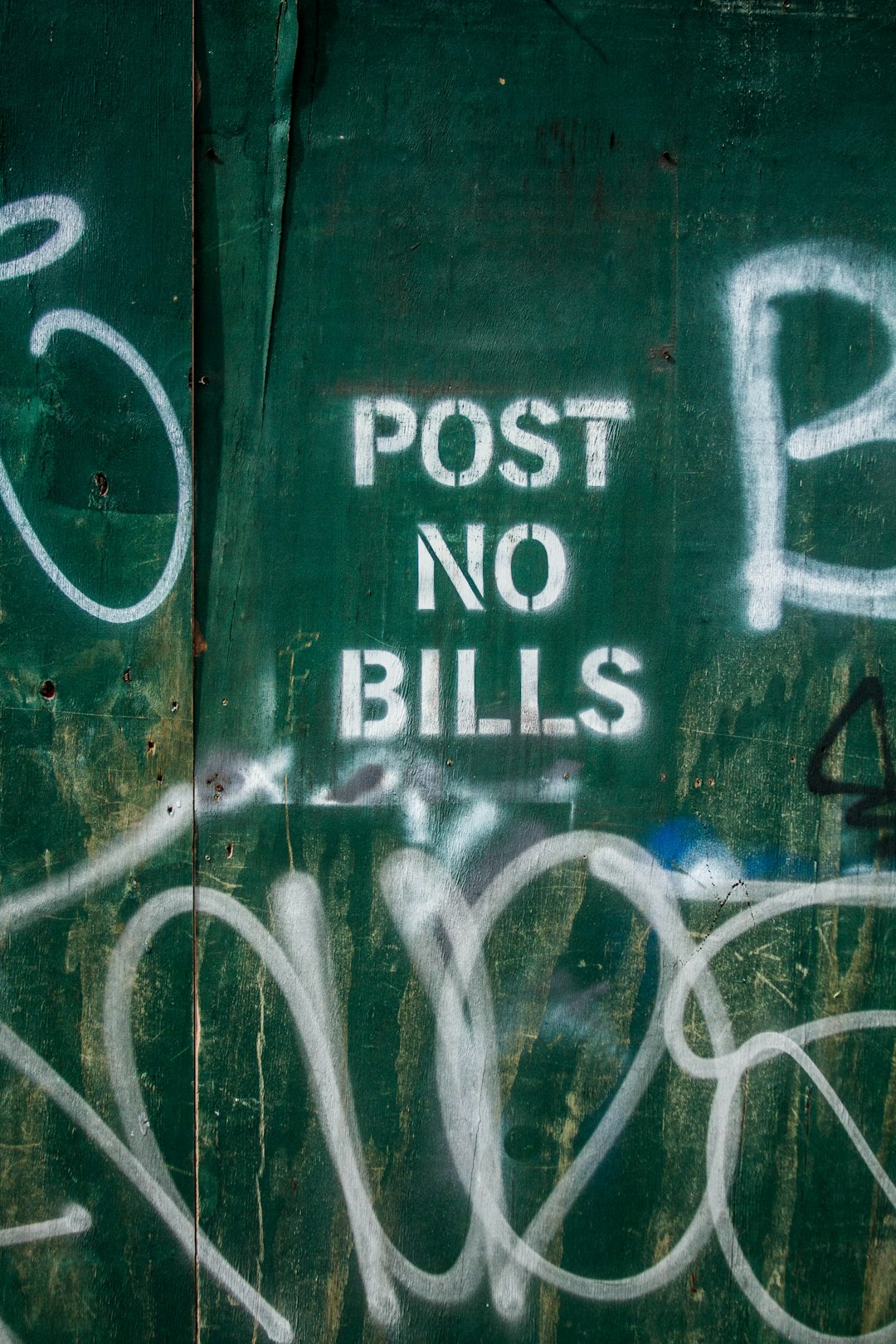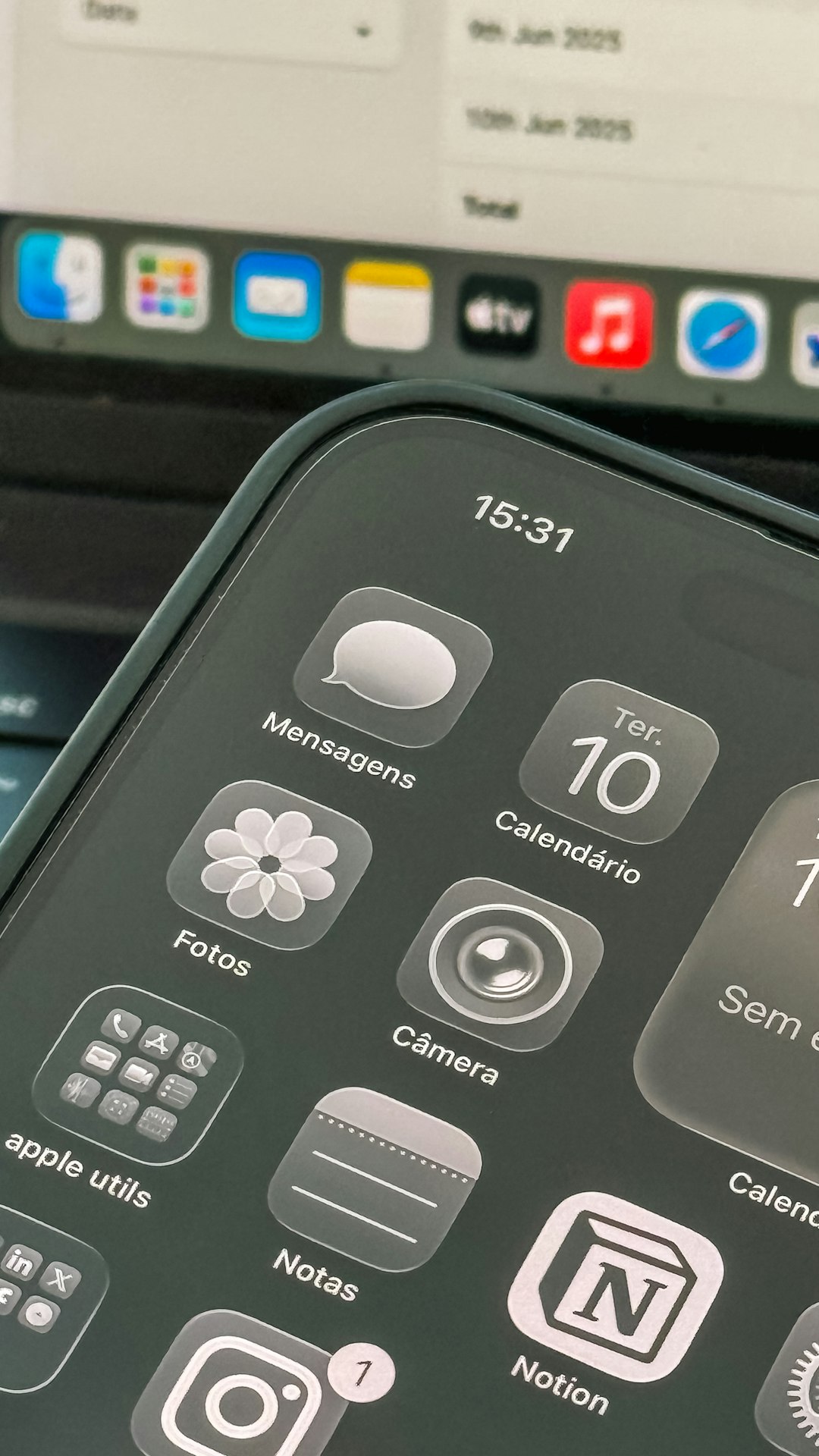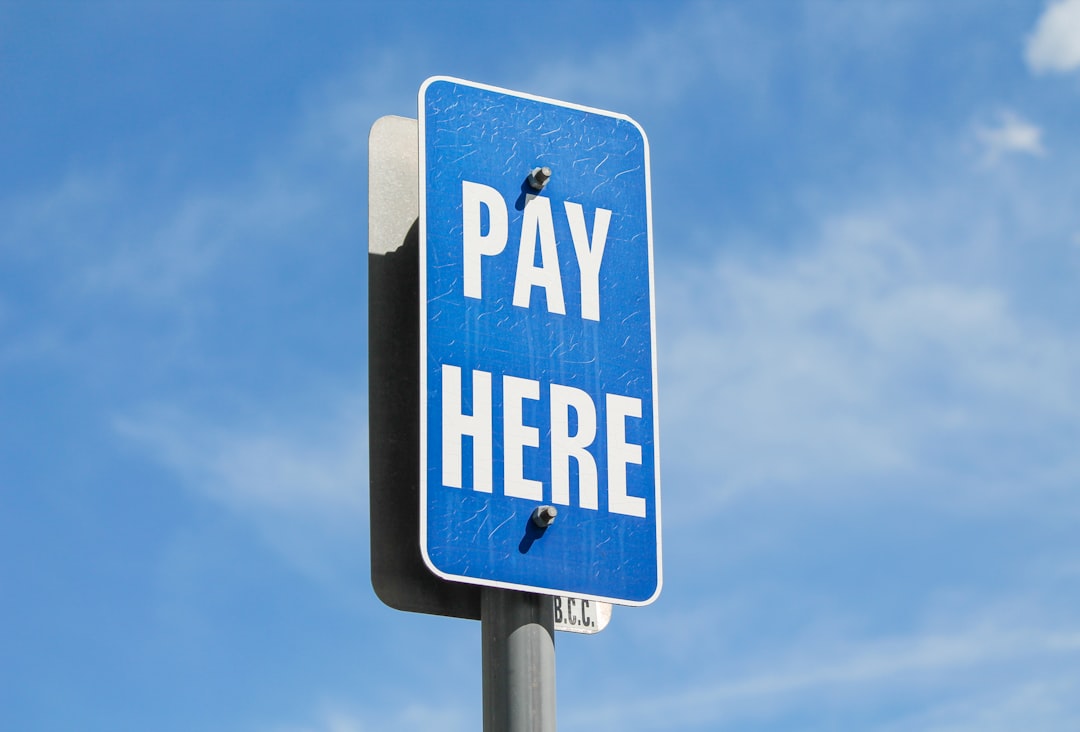Paying bills isn’t the most exciting thing in the world. But thanks to electronic billing, or e-billing for short, it has become a lot easier—and even a little fun. Let’s explore what it is and how it works, step by step.
So, what is electronic billing?
Electronic billing is a way to send and receive bills online. No more paper letters. No more stamps. Everything is digital. It’s like getting your usual bill, but straight to your email or through a website or app.
Here’s the basic idea:
- You buy something or use a service.
- The company sends you a bill electronically.
- You view it online, on your phone, or on your computer.
- You pay it with just a few clicks.
That’s it! Simple, right?
Why do people love it?
- Faster: No waiting for snail mail.
- Cheaper: No paper, envelopes, or postage.
- Eco-friendly: Less waste means happier trees.
- More accessible: Check your bills anytime, anywhere.

Who uses e-billing?
Everyone! Businesses, customers, even governments. If you’re getting an electric bill, credit card statement, or internet service fee online, then you’re already part of the e-billing world.
How does electronic billing work?
Great question! Let’s break it down into simple steps.
- Create: A company creates your bill using billing software.
- Send: They send the bill via email or through an online platform.
- Receive: You get a message saying, “Hey! Your bill is ready!”
- Review: You open it, check the charges, and make sure it looks right.
- Pay: You pay using a credit card, bank account, or digital wallet.
- Confirm: You get a confirmation and your records are updated instantly.
That’s e-billing in action!
What tools help with e-billing?
There are many great platforms and tools. Some of the popular ones include:
- QuickBooks
- FreshBooks
- Zoho Invoice
- Xero
- Paypal Invoicing
These tools let businesses send bills, track who paid, and even send reminders to people who forget.

Are there any risks?
Sure, like anything online, e-billing has some challenges. But don’t worry—there are safe ways to handle them. Here’s what to watch out for:
- Phishing emails: Fake emails pretending to be real bills.
- Data theft: Your info should always be encrypted.
- Wrong charges: Always double-check your bill!
Tip: If anything looks fishy, contact the company directly. Don’t click random links.
How to start using e-billing?
Easy! If you’re paying bills, ask your provider if they offer e-billing. Most do. Here’s what you’ll often need to do:
- Visit your provider’s website.
- Log into your account.
- Select paperless billing or e-billing.
- Provide your email or phone number.
- Confirm your choice and you’re done!
If you’re a business, you’ll want to choose a billing software and get a system set up. Most platforms offer free trials. Try a few and see what works for you.
Final Thoughts
Electronic billing is safe, fast, and good for the planet. It’s like the future—only it’s already here. Whether you’re a business or a customer, going paperless can make your life a whole lot easier.
So next time a bill drops into your inbox, smile. That’s technology making life simpler.


